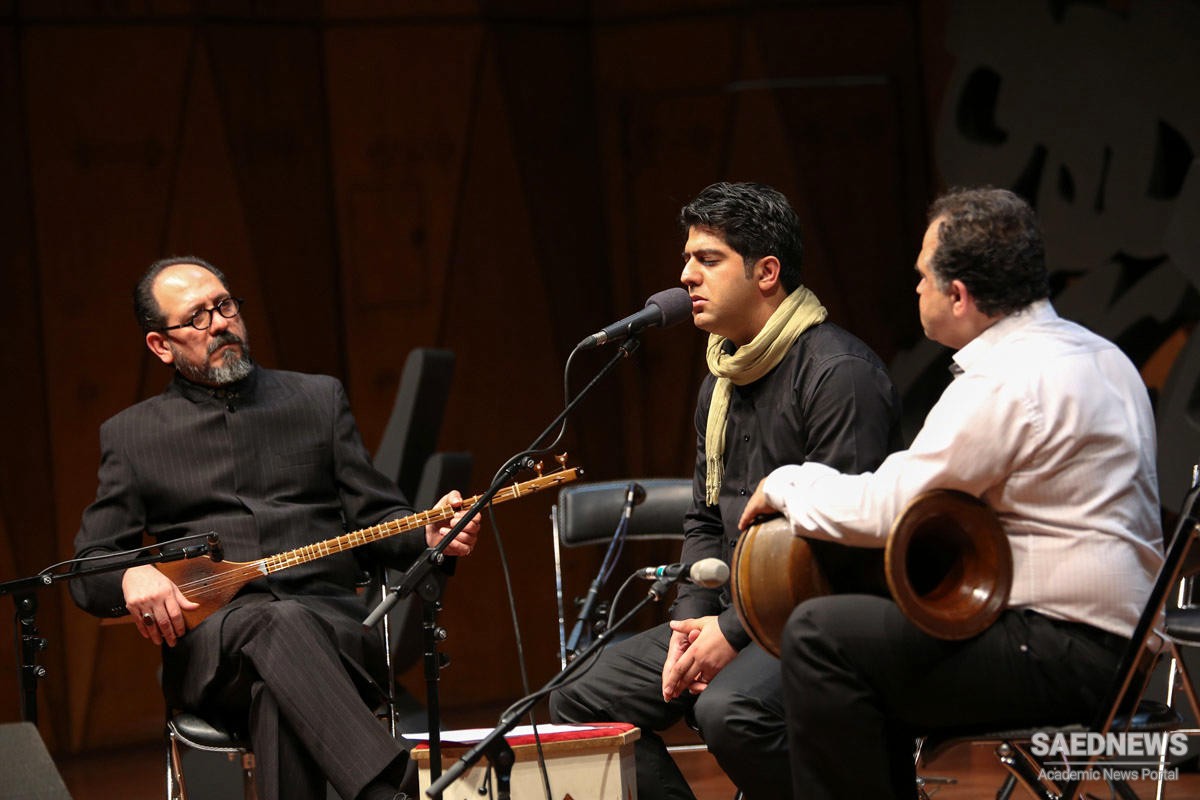The writings of Nishaburi and Safi al-Din read very differently and suggest various ways of thinking about how one type of modal entity would be derived from another. Orientalists and musicologists came to regard Safi al-Din’s full adwar as a seminal creation in the history of music in the Middle East, because it combined the best features of the previously discussed theory of consonant scale creation with practical considerations of intervals on stringed instruments. Safi al-Din was one of the first writers on music in the Middle East to describe a system of scales that could be both systematic and used in practice. Graeco-Arabic writings produced by Islamic philosophers such as al-Farabi (d. c. 951) and Ibn Sina (d. 1037) were concerned about systemization of consonant pitch organization but did not attempt to integrate the Greek-based premise of their reasoning regarding pitch with practices of their time and place. Safi al-Din’s adwar appeared to overcome this separation between philosophical principle and practice. He described two distinct categories of twelve- and six-pitch modalities in the context of many possibilities for scales, which balanced concerns about systematic consonance with what would be functional in practice.
Nishaburi, by contrast, did not write in conversation with previously established norms of the Caliphate’s Graeco-Arabic writing tradition for music. Yet he still described two distinct sets of twelve and six pitch modalities, and located a systematic pattern of derivation, this time between the two categories of modalities. As writing about two distinct categories of pitch modalities continued past the final years of the Caliphate, a more consistent and specific conception of the twelve-maqam system emerged that in many ways reflected influence from both the concept outlined by Nishaburi and that of Safi al-Din.
It was in the fourteenth and fifteenth centuries that the term maqam became more consistently synonymous with the twelve primary modalities of the system, even as avaz became the consistent term for the six modalities that derived from the maqam. The term sho‛beh came to denote pitch sets from which the maqam were derived. In principle, the idea of sho‛beh could reference the basic premise of the pentachords and tetrachords Safi al-Din had conceived. But these sho‛beh all had proper names and distinct modal identities and it is not apparent how many pitches constituted a sho‛beh. They could serve as the basis for a maqam or independent modal structures unto themselves, just like a maqam or avaz. Texts typically named twenty-four specific sho‛beh and often showed pairs of specific sho‛beh as being the basis for each of the twelve maqam, which were further mapped out in pairs to create the six avaz.
Like the avaz, it is not clear what the structural relationship was between specific maqam and their pairs of sho‛beh. The few descriptions of the pitches of different sho‛beh give varying numbers, anywhere from four to eight. Yet their presence was consistently explained using the idea they had a structural relationship with the twelve maqam, which in turn had a structural relationship with the six avaz. Texts about the twelve-maqam system debated other possibilities for constructing the twelve maqam and extrapolating additional modalities from them, but it was the relationship between the twelve maqam, six avaz, and twenty-four sho‛beh that ultimately stood as the prevailing core structure of mode creation.


 Triple Versions of Radif in Classic Persian Music
Triple Versions of Radif in Classic Persian Music














































